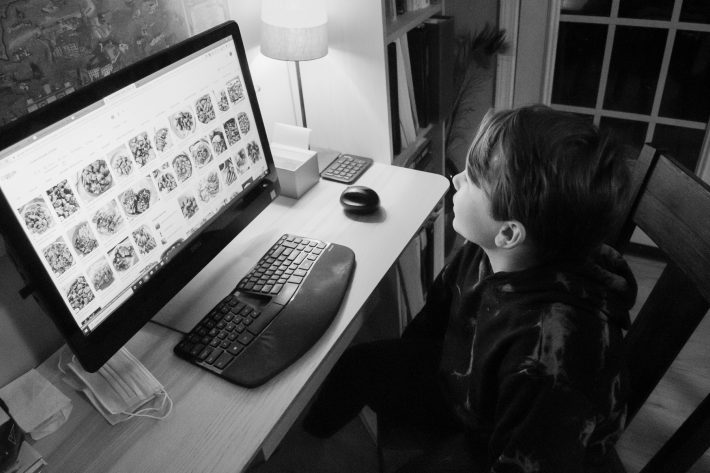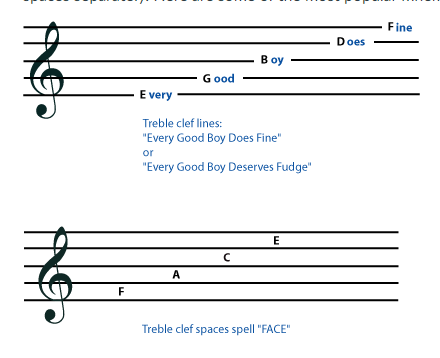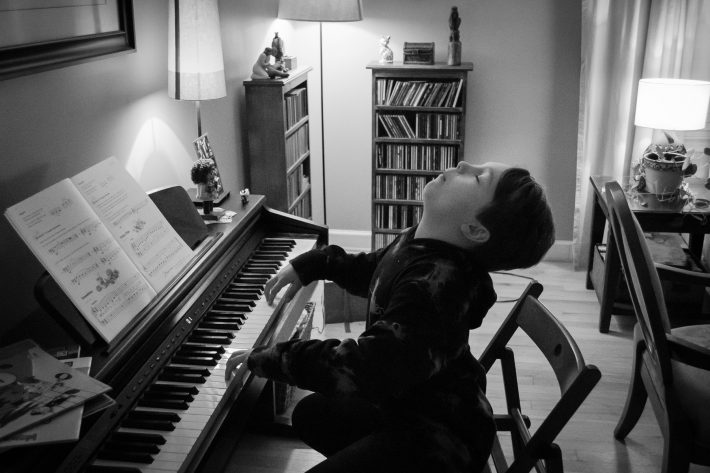Today the Boy had music for his related art class in school. They’re working on the treble clef.
“I took the after-lesson quiz,” he explained, “and I got 3 out of 20 right! I took it again and only got 4 out of 20 correct!” His frustration was mounting to the level I’m sure it achieved when he was struggling with the material in class.

After dinner, I printed out the old methods of memorizing the treble clef: “Every Good Boy Deserves Fudge” and “FACE.”

We went through his work together, and he made a perfect score. “That was easy,” he decided.
He noticed, though, that there are two D notes on the treble clef: one just beside middle C, and one almost up at the top of the clef.
“Two Ds?!”

So we went to the piano and started poking around. We talked about the patterns of the black keys and used that as a way to show which keys corresponded to which note.
“This is D,” I said. “See how it’s between the two black keys? Now show me another D.”
0 Comments